Yae-ha Hyun
A Korean, young lady who overcame the difficulties of the daring challenges-studying abroad and immigration.

As I had spent my childhood years in New Zealand, settling in a foreign country was not a easy task. There were not much Korean people dwelling in the country at that time and the new environment was very strange to fit into. Many korean students, as well as other asian students, failed to mix in with the "Kiwi culture" (New Zealand culture). However, there was one lady who was recognized among the Korean residents of New Zealand. Her name was Yae-ha Hyun, who flew to New Zealand at the age of 13. Although New Zealand was a remote country to many people around the globe, Miss Hyun settled in well and achieved great results in her academic studies abroad. To hear of her achievements and experiences, I got the chance to reach Miss Hyun through e-mail.
Realizing the true virtue of life overseas
It is your second year as a senior lecturer in graduate school. What is it like lecturing in front of students around your age?
The students seem just like my friends as it has only been a year since I graduated from college. When my professor offered me the assistant professor job, I actually took the chance to earn my living expenses. However, I realized that this job was really worthwhile when I helped students who were passionate about learning. Although I am not a professional lecturer, I was able to understand the parts that students had difficulty with and help them with those matters since it hasn’t been long from my graduation. In fact, I sometimes counsel students about general problems they face in their college years as well as the accounting subject that I teach.
As a person who has experienced the learning environments of two countries (Korea and New Zealand), tell us about the differences and similarities of the two.

I think the biggest difference is that in Korea, students tend to study a lot for the “College Scholastic Ability Test” and relax a little in their first two years of college. When they reach their senior years, they once again get focused to prepare for employment. In stark contrast, New Zealand high school students focus on a particular subject of their choice. It is when they enter college that they start to study an immense amount of work. Colleges in NZ are easy to get into but graduating each year is tough. The contexts of college studies are more complex and broad. Another difference to point out is that in New Zealand, there are renowned schools for each department. Unlike Korea, where S.K.Y universities (Seoul National University, Yonsei University, Korea University) or those in Seoul are acknowledged for everything, Otago University in the South Island is recognized for medical and scientific areas. To add, Victoria University is famous for its art fields and the University of Auckland is recognized for its commerce and business subjects. Overall, lectures are discussion-based and students are evaluated for how well they can utilize their knowledge in a particular situation, rather than assessing their ability to memorize all their understandings.
What do you do when you want to take a break from studying/researching?
When I get tired, I go out from school and take a break from my routines. I usually walk along streets where it is less crowded and drop into a coffee shop. I really enjoy drinking coffee! I used to be famous among my friends for my affection to coffee. Although I cannot drink that much, a delicate café and a delicious cup of coffee makes me delighted. I also like visiting beaches to take a break. Apart from that, I enjoy many other leisure activities. Though I majored in accounting, I have been drawing since high school because I really take pleasure in drawing. Other than that, I play the piano and participate as a DJ for the radio. When I feel tired from the accounting studies and work, I relieve all my stresses by doing other activities I enjoy.
“Nothing really happened as I wished.”- The hard times

How did you feel when you immigrated overseas at an older age compared to other students?
I came to NZ when my middle school years were just about to end. At that time, I did not know what it was like to move to another country and was so depressed that I had to part with all my friends. But I thought that I would somehow get along with the new environment after some time. However, it was completely different. When I arrived in Auckland and lived in a new house in a new city and met new friends and teachers, it was not easy after all. Learning a new language and getting used to a new life was the most difficult job. Nothing really happened as I wished. As I had been accustomed to the Korean culture for a long time, it was hard to accept the new traditions of a western country, especially the “Kiwi culture”. Not only that, but it was difficult to make new friends who spoke a different language during my age of adolescence. Although Auckland seems like my home now, in the early days of my shift, I failed to get along with the new situation and it felt as if I were lost in the middle of a big ocean.
When was your most difficult situation? How did you overcome such difficulties?
After the hard times of my immigration, the most tiring moment was when I participated in the Honors course after my college graduation. Although there are some differences between departments, the Honors course is when students who have excellent university grades get selected to attend deepened lectures of graduate schools. Students participate in the lecture with scholars but unlike the 2 year master’s course, Honors is a special system that requires students to finish the same course within a year. As expected, it was not an easy job. A great participation was required as it had a small number of students. A lecture was 3 hours, and students had to perform a presentation for the whole lesson in some subjects. There was at least one presentation in a week and individuals had to prepare for their lessons in order to participate in the negotiations. There were no textbooks; students had to find their own way of researching renowned papers in the academic circles. By the fact that I am slow in reading and writing, I took a longer time than other students and there was simply no time to take a rest.

Looking ahead
What are the advantages of studying overseas?
The peculiar educational system of foreign countries can be a great advantage. Most importantly, the government and the school support their students to focus on the studies that they enjoy. The other merit is that studying overseas can widen the perspectives of individuals. When staying outside the Korean terrain, it is possible to have an objective view of the strengths and weaknesses of the Korean nation. Also, a person can develop one’s abilities to look at a situation in many aspects by associating with friends of different race and cultures. If an individual accepts others who eat discrete food, speak different languages and have differing thoughts, I believe that the person will be able to grow up as a mature figure.
What is your plan for the future?
This year, I would like to study for the American Institute of Certified Public Accountants (AICPA) to acquire a certification. I want to get a job in Korea, but I was told that I needed to have the AIPCA in order to be an accountant in Korea. Though New Zealand follows the same public account law as England, Korea conforms to the American account system so I believe I have to begin a different study. Along with the preparation, I am going to continue the coadjutor work in the University of Auckland while I am staying in NZ. I am planning to guide students with all my abilities. I will treat myself with rests in the leftover periods.
As a senior of life, what would you like to say to students who are planning for immigration?

As I said before, moving to another country is not an easy job. You fall into a different environment after leaving your cozy house, school and friends. Everyone of any age should be aware to undergo difficulties in the early periods of their immigration. Especially when a person fails to communicate with a different language, he/she may feel uncomfortable and may face difficulties which wound their self-respect. If one is ready to fight against these problems, it is a great challenge. Once a person resides overseas, he/she can have many experiences that cannot be enjoyed in Korea. Also, people will find themselves with a wider, open mind once they overcome the hardships they encounter.





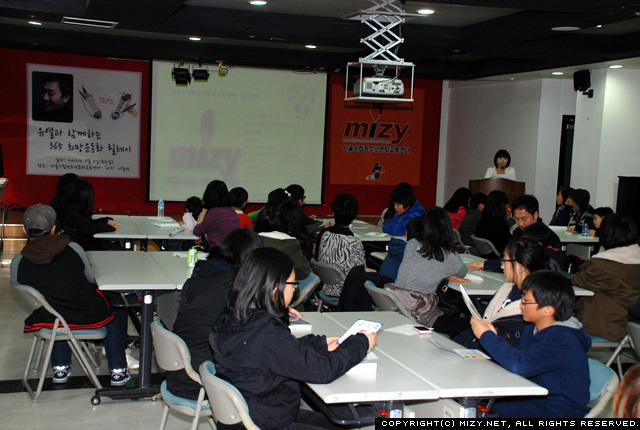
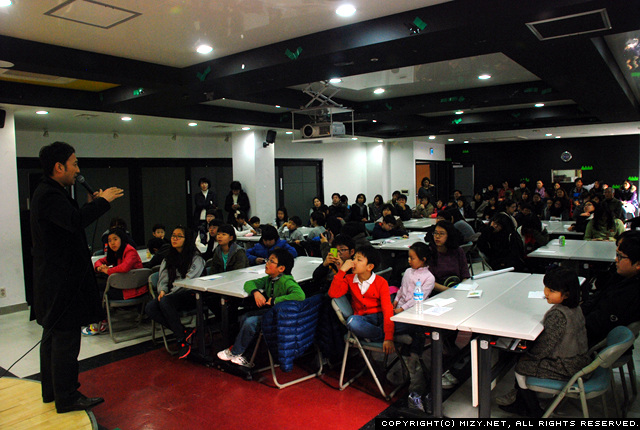
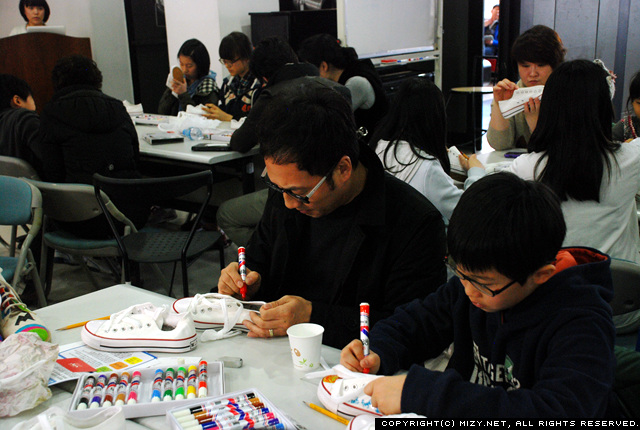
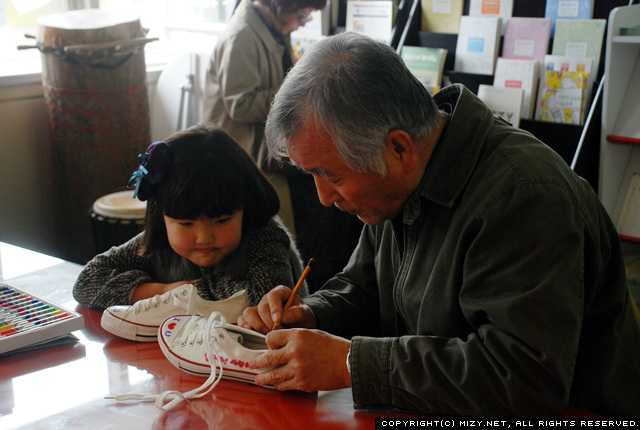
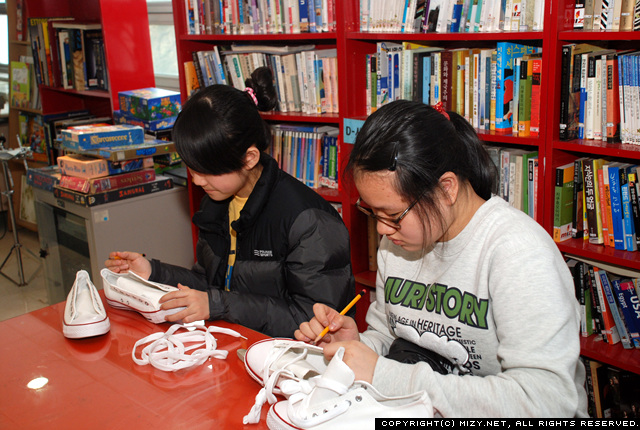
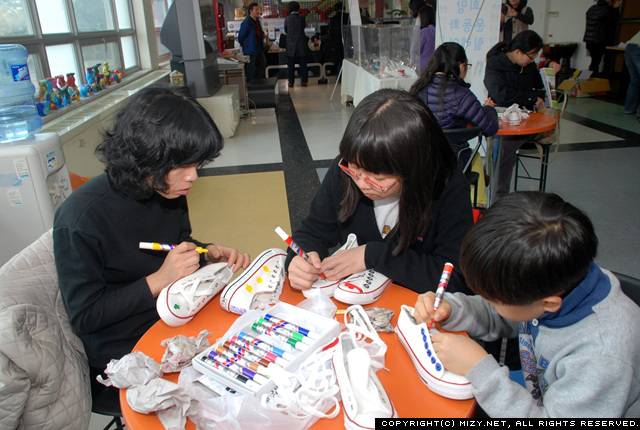








 2012 뿌리깊은 세계문화유산_사업개요.pdf
2012 뿌리깊은 세계문화유산_사업개요.pdf [붙임]참가신청서(초등학교)_2012.hwp
[붙임]참가신청서(초등학교)_2012.hwp
































